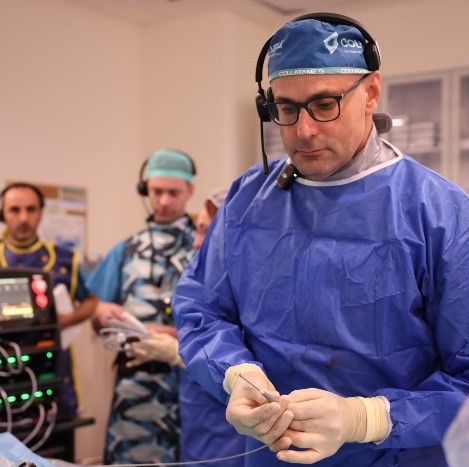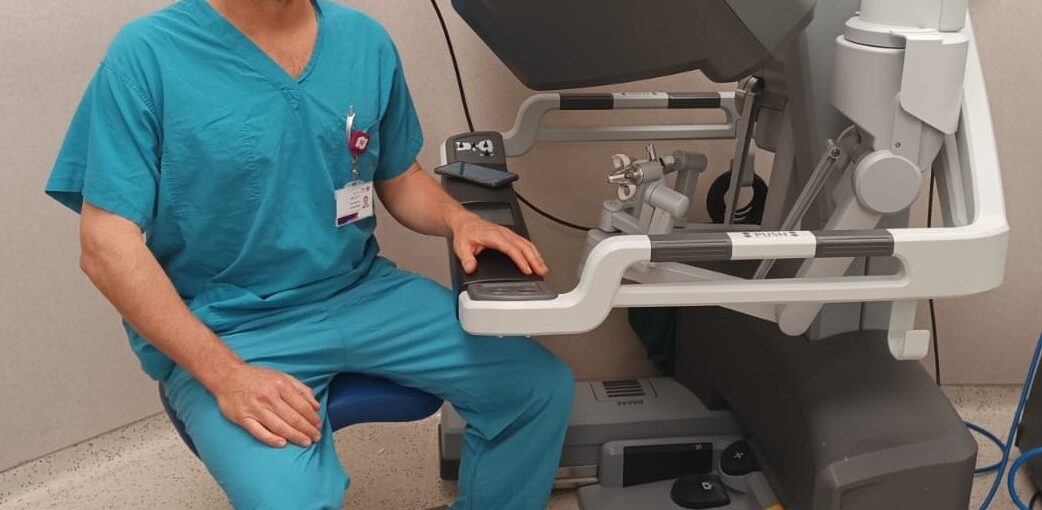
Rambam Experts Identify Rare Cases of Cave Fever After Two Teens Suffer from Mystery Illness
November 25, 2025 – Two 16-year-old boys from the Western Galilee were treated at Rambam Health Care Campus with a rare ocular complication of cave fever, a bacterial illness caused by Borrelia persica and transmitted by soft ticks living in animal burrows. The diagnosis was made only after both teens arrived with unexplained high fevers and rapidly worsening vision.
Itamar Franco and his friend, Noam Chen, both age 16, set out to explore a cave tunnel near their homes in the Western Galilee. Using ropes, they descended into the narrow underground passage, passing through dead-end corridors and a crawl-space exit, unaware that they had been exposed to a potential bacterial infection.
Approximately ten days later, Itamar developed repeated episodes of very high fever, body aches, and general malaise. Noam also began to experience similar symptoms that would subside and later return, each time more severe. Soon after, they began experiencing blurriness, seeing dark spots, and reported significant vision loss. Both Itamar and Noam went to the Green-Wagner Department of Emergency Medicine at Rambam, where ophthalmologists identified acute intraocular inflammation, but a broad diagnostic work-up for infectious and autoimmune causes was negative. Both teens were admitted for further evaluation and treatment.
Dr. Yael Ben Arie-Weintrob, attending physician in Rambam’s Department of Ophthalmology, notes that the boys’ symptoms were highly atypical. “These are healthy teens arriving with sudden, significant loss of vision and marked light sensitivity,” she explains. “The pattern of inflammation suggested something more aggressive than a routine viral illness.”
The crucial breakthrough came when Itamar’s father mentioned, almost in passing, that the boys had recently been caving. This new information immediately shifted the focus of the doctors’ investigation.
“We know that certain caves and burrows may harbor soft ticks that transmit bacteria associated with systemic illness and severe eye inflammation,” explains Dr. Michal Meir, attending physician in the Infectious Diseases Unit. “Once we learned of their exposure, cave fever became a leading consideration.”
Cave fever typically causes nonspecific symptoms such as high fever, muscle aches, headaches, and vomiting, often mimicking viral infections. In more severe cases, the bacteria can trigger uveitis, which is a form of eye inflammation that affects the front and middle of the eye, as well as the retina, optic nerve, and cranial nerves. Without prompt treatment, the condition can result in permanent vision damage.
“Rapid diagnosis and targeted treatment are critical,” Dr. Meir emphasizes. “Once we identified the exposure, we initiated specific systemic antibiotics and steroids. Fortunately, both boys responded well.”
The cave the boys explored—and where the illness originated—is a well-known local spot popular with young hikers, the kind of place teens worldwide might visit without thinking twice. Following the incident, the teens warned their peers not to return until authorities assess its safety. “We’re done with caves for now,” Itamar says.
Both patients are recovering well and continue to receive follow-up care at Rambam.
Based on a Hebrew language article by N12.



